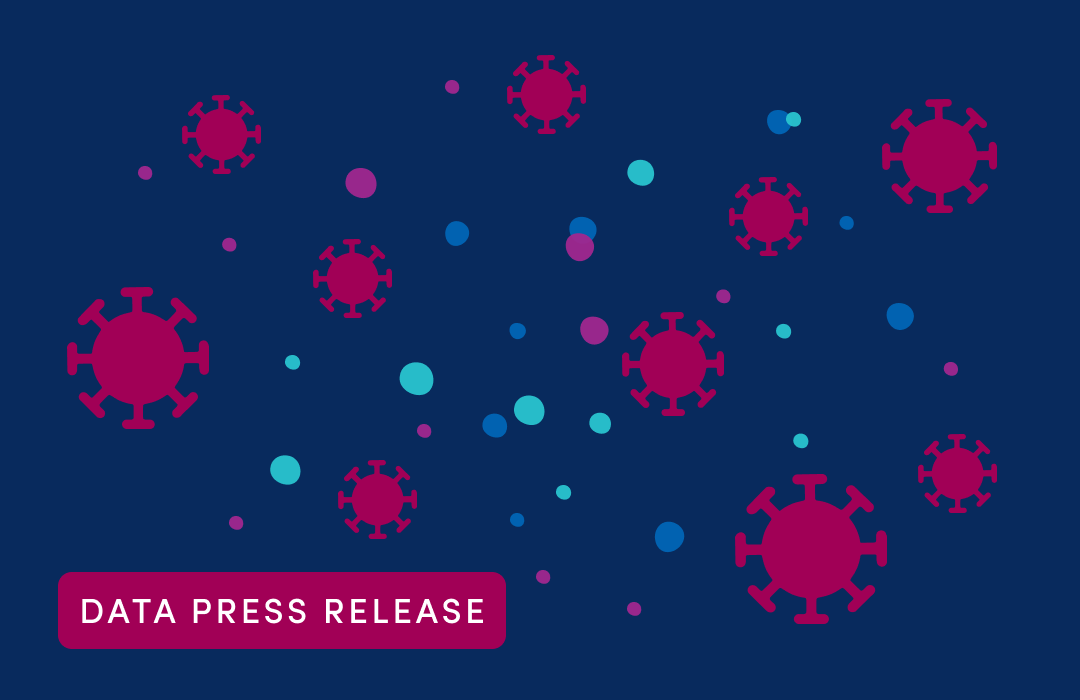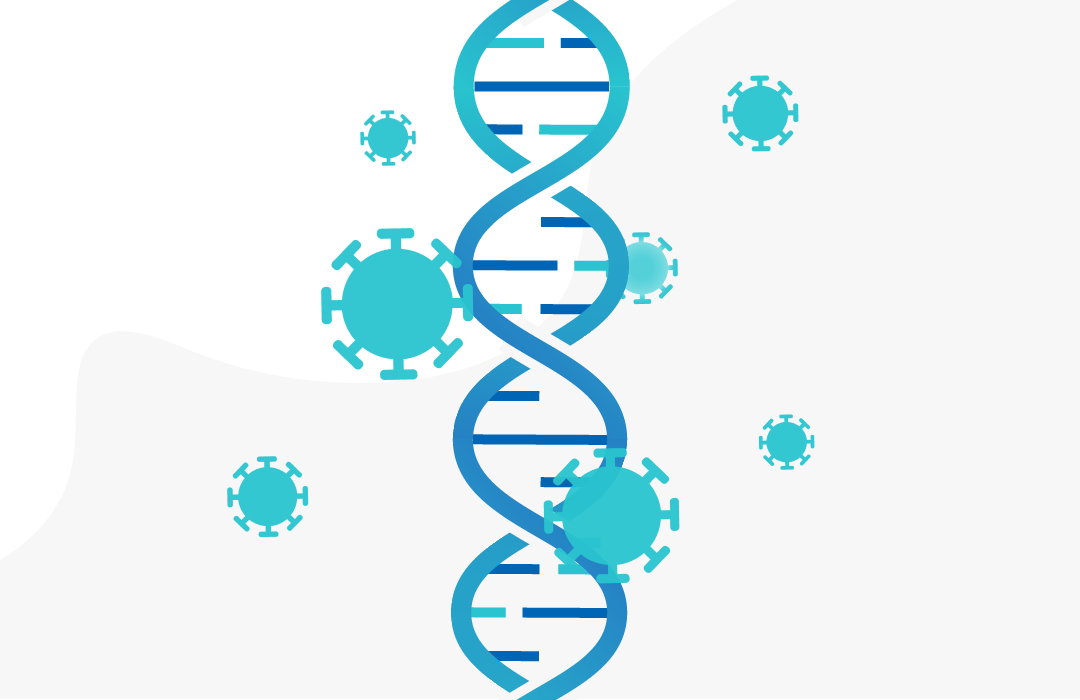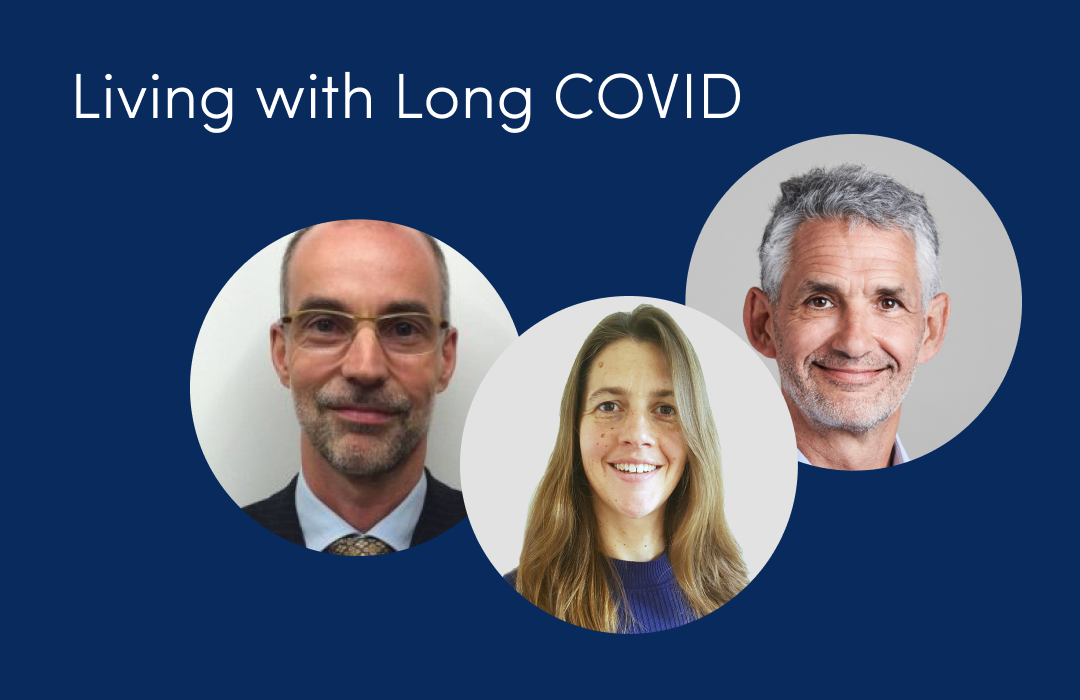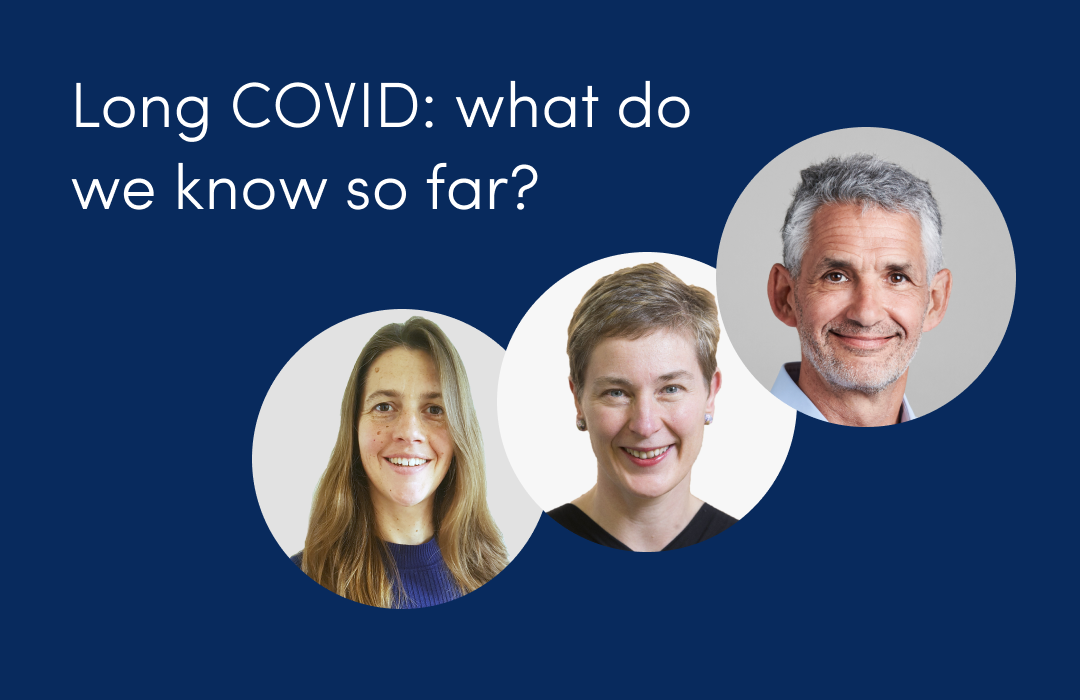
ZOE COVID Symptom Study proves the power of citizen science
December 4, 2020

This article has not been updated recently
We all want to do our part in tackling COVID-19, protecting our loved ones and getting our lives back to normal. That’s why millions of you are using the ZOE COVID Symptom Study app to log your health on a daily basis.
For the past ten months, your contributions have bought new insights about how coronavirus is spreading across the UK and how it affects people in different ways.
We’ve provided regular updates that the Government has used to respond to the pandemic, identifying likely hotspot areas in near-real time ahead of testing-based methods.
Now researchers from King's College London have validated our methodology and published their results in a leading journal, Lancet Public Health, proving that our approach really works to identify COVID-19 cases across the country. It’s an impressive demonstration of the power of citizen science, and it’s all thanks to our millions of users.
Comparing the ZOE COVID Symptom Study to other UK COVID-19 surveys
In this study, Dr Mark Graham and his team compared our data and analysis to other surveys monitoring the incidence (number of new cases per day) and prevalence (how many people have COVID-19 right now) across England.
Government testing data might seem like the place to look for how much COVID-19 there is right now and which areas have the most cases. But because of uneven distribution of testing capacity across the UK, these numbers can be misleading.
“Government testing numbers aren’t seeking to give us an overall idea of a state of a pandemic. They are just trying to capture positive cases so they can get those people to self-isolate,” says Mark.
“Instead we need broader national surveys that are designed to monitor the pandemic and give a representative idea of what is going on across the country.”
There are three surveys designed to capture how many new cases of COVID-19 there are each day, and the overall prevalence of the virus: the ONS COVID-19 infection survey, the REACT study, and the ZOE COVID Symptom Study.
The ONS and REACT studies monitor outbreaks by asking a sample of households across England to take COVID-19 tests and scaling up their results to predict prevalence of the virus in the overall population.
The ZOE COVID Symptom Study uses symptom data from millions of users across all four nations of the UK, combined with results from people reporting the results of testing through the app, to predict how many people are likely to have COVID-19 in different areas.
When the researchers from Kings College compared the three approaches, they found that ZOE’s algorithms predicted virus incidence and prevalence nationally with similar accuracy to the other two surveys.
The graph below shows how the ONS, Government and ZOE COVID Symptom Study surveys compare, with our prediction (green line) closely following the ONS model (orange line).

The researchers also looked at the ability of the ZOE COVID Symptom Study algorithm to find and predict COVID-19 hotspots, showing that it accurately detected outbreaks in communities around the country.
“Broadly, the app data agrees well with the government’s ranking of which areas are most affected at any one time. But the agreement is better when the government does more testing in an area, implying that the app provides good surveillance in communities where there isn’t much testing going on,” says Mark. “As a result, it can flag up areas where problems may be developing so that Government testing can be focused there.”
This comes as no surprise, as we used your data to predict hotspots in specific areas of the North of England and the Midlands back in July, where some of the first outbreaks in the second wave occurred.
We need to use all the available data to beat COVID-19
Although the national COVID-19 surveys provide similar levels of accuracy, they all have their own strengths and weaknesses. They cover different populations of the UK, and the three studies all provide data in different time frames.
REACT-1 only provides data every few weeks and the ONS survey provides updates weekly. But the ZOE COVID Symptom Study releases data daily, providing rapid, near-real-time updates about COVID-19 across the whole of the UK.
This latest study shows that even though the ZOE COVID Symptom Study costs less, uses fewer tests, and relies more on self-reported data than the other surveys, it is an accurate and effective way to track the pandemic.
In recognition of this important role in the national pandemic response, the Department of Health and Social Care recently awarded a £2 million grant to support the running costs for the app through the winter.
We can’t do this without you
We couldn’t provide these valuable insights without the daily health reports submitted by our contributors. From identifying new symptoms to changing medical guidelines, and identifying hotspots, your data is changing the course of the pandemic.
Our millions of app users have helped us demonstrate that large-scale citizen science works, and that the ZOE COVID Symptom study is accurate, reliable, cost-effective and useful.
Your impact goes beyond the UK. Because our methodology is now validated, peer-reviewed and published by a leading journal, it could be adopted by countries around the world to provide virus tracking for resource-poor low and middle-income countries without the capacity and funds to test at scale.
But our work is not over yet. We need as many people as possible across the UK to download and use the app daily to provide the data we need to help us get through Christmas and the months ahead as we wait for a vaccine.
Again, thank you for your contributions. We couldn’t have done it without you.
Stay safe and keep logging.
Find out more:
- Triangulation paper in The Lancet
- COVID-19 Infection Survey - The Office for National Statistics
- Real-time Assessment of Community Transmission (REACT) Study - Imperial College London
COVID Symptom Study data is now able to detect potential new COVID hotspots - ZOE COVID Symptom Study












.png)


.jpg)














.png)







%202.png)
.png)


















.png)






